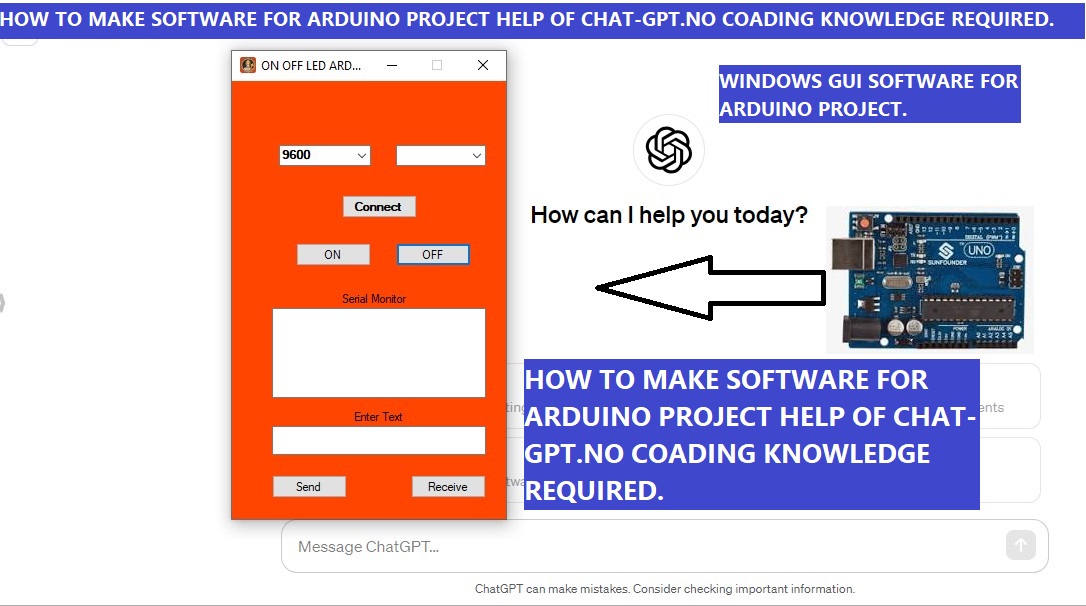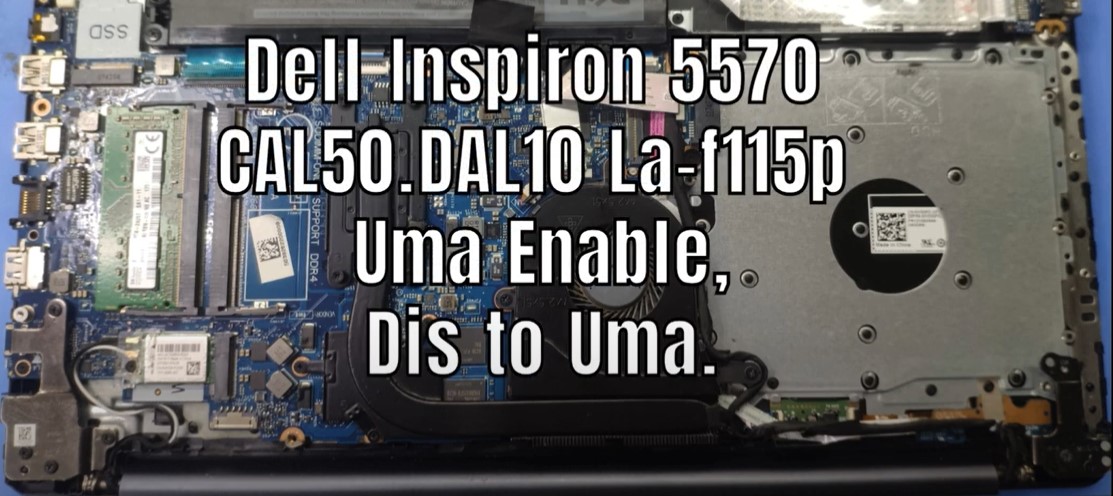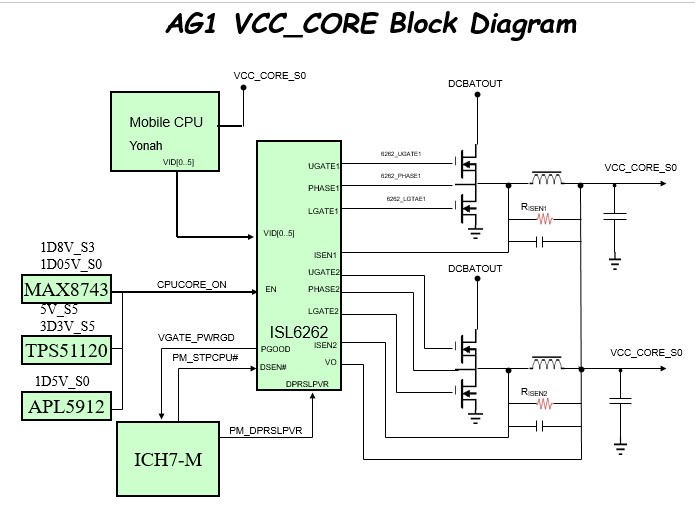How To Make Visual Basic Windows Software For Arduino Project Help Of Chat Gpt.
Creating a Visual Basic (VB) Windows application for an Arduino project involves communication between the PC and the Arduino board. Typically, this is achieved through a serial connection. Below are general steps to guide you through the process. Please note that the exact implementation may vary depending on your specific requirements and hardware.

Step 1: Install the Required Software
Arduino IDE: Install the Arduino IDE on your computer if you haven’t already.
Visual Studio: Install Visual Studio (VB.NET is part of Visual Studio).
Step 2: Set Up Arduino
Upload Sketch: Write an Arduino sketch (program) that reads and writes data through the serial port. For example:
const int ledPin = 13; // Pin connected to the LED
void setup() {
Serial.begin(9600); // Initialize serial communication
pinMode(ledPin, OUTPUT); // Set the LED pin as an output
}
void loop() {
if (Serial.available() > 0) {
char command = Serial.read(); // Read the command from serial
// Check the received command and control the LED
if (command == '1') {
digitalWrite(ledPin, HIGH); // Turn on the LED
} else if (command == '0') {
digitalWrite(ledPin, LOW); // Turn off the LED
}
}
}
2.Connect Arduino: Connect your Arduino board to the computer via USB.
Step 3: Create VB.NET Application
Open Visual Studio: Open Visual Studio and create a new VB.NET Windows Forms Application.
Design the Form: Design your form with buttons, labels, or any other controls you need.
Add SerialPort Component: Drag a
SerialPortcomponent from the Toolbox onto your form. This will allow you to communicate with the Arduino over the serial port.- Code Behind:
- Double-click on buttons or other controls to open the code-behind file.
- Use the
SerialPortcomponent to send and receive data. For example:
Imports System.IO.Ports
Public Class Form1
Dim WithEvents myPort As SerialPort
Private Sub Form1_Load(sender As Object, e As EventArgs) Handles MyBase.Load
' Populate the COM ports and baud rates in the ComboBoxes
For Each portName As String In SerialPort.GetPortNames()
cboPort.Items.Add(portName)
Next
cboBaudRate.Items.AddRange({"9600", "115200"}) ' Add common baud rates
cboBaudRate.SelectedIndex = 0 ' Set default baud rate
' Initialize the serial port
myPort = New SerialPort()
' Set Disconnect button to appear behind other controls
btnDisconnect.SendToBack()
' Update the visibility of buttons based on serial port state
UpdateButtonVisibility()
End Sub
Private Sub UpdateButtonVisibility()
' Show Connect button if the port is closed, otherwise show Disconnect button
btnConnect.Visible = Not myPort.IsOpen
btnDisconnect.Visible = myPort.IsOpen
End Sub
Private Sub btnConnect_Click(sender As Object, e As EventArgs) Handles btnConnect.Click
' Check if a COM port is selected
If cboPort.SelectedIndex = -1 Then
MessageBox.Show("Please select a COM port.", "Error", MessageBoxButtons.OK, MessageBoxIcon.Error)
Return
End If
' Check if the port is already open and close it
If myPort.IsOpen Then
myPort.Close()
End If
' Set the selected port and baud rate
myPort.PortName = cboPort.SelectedItem.ToString()
myPort.BaudRate = Convert.ToInt32(cboBaudRate.SelectedItem)
Try
' Open the serial port
myPort.Open()
MessageBox.Show("Connection successful!", "Success", MessageBoxButtons.OK, MessageBoxIcon.Information)
Catch ex As Exception
MessageBox.Show("Error opening the serial port: " & ex.Message, "Error", MessageBoxButtons.OK, MessageBoxIcon.Error)
End Try
' Update button visibility
UpdateButtonVisibility()
End Sub
Private Sub btnDisconnect_Click(sender As Object, e As EventArgs) Handles btnDisconnect.Click
' Check if the port is open and close it
If myPort.IsOpen Then
myPort.Close()
MessageBox.Show("Disconnected.", "Info", MessageBoxButtons.OK, MessageBoxIcon.Information)
Else
MessageBox.Show("Serial port is not open.", "Info", MessageBoxButtons.OK, MessageBoxIcon.Information)
End If
' Update button visibility
UpdateButtonVisibility()
End Sub
Private Sub btnOn_Click(sender As Object, e As EventArgs) Handles btnOn.Click
' Send '1' to Arduino to turn on the LED
If myPort.IsOpen Then
myPort.Write("1")
UpdateSerialMonitor("Sent: 1")
Else
MessageBox.Show("Serial port is not open. Please connect first.", "Error", MessageBoxButtons.OK, MessageBoxIcon.Error)
End If
End Sub
Private Sub btnOff_Click(sender As Object, e As EventArgs) Handles btnOff.Click
' Send '0' to Arduino to turn off the LED
If myPort.IsOpen Then
myPort.Write("0")
UpdateSerialMonitor("Sent: 0")
Else
MessageBox.Show("Serial port is not open. Please connect first.", "Error", MessageBoxButtons.OK, MessageBoxIcon.Error)
End If
End Sub
Private Sub UpdateSerialMonitor(data As String)
' Update the serial monitor window
Invoke(Sub() txtSerialMonitor.AppendText(data & vbCrLf))
End Sub
Private Sub Form1_FormClosing(sender As Object, e As FormClosingEventArgs) Handles MyBase.FormClosing
' Close the serial port when the form is closing
If myPort IsNot Nothing AndAlso myPort.IsOpen Then
myPort.Close()
End If
End Sub
Private Sub myPort_DataReceived(sender As Object, e As SerialDataReceivedEventArgs) Handles myPort.DataReceived
' This event is triggered when data is received on the serial port
Dim receivedData As String = myPort.ReadExisting()
' Update the serial monitor window
UpdateSerialMonitor("Received: " & receivedData)
End Sub
Private Sub btnSend_Click(sender As Object, e As EventArgs) Handles btnSend.Click
' Send user input to Arduino
If myPort.IsOpen Then
Dim userInput As String = txtSend.Text
myPort.Write(userInput)
UpdateSerialMonitor("Sent: " & userInput)
Else
MessageBox.Show("Serial port is not open. Please connect first.", "Error", MessageBoxButtons.OK, MessageBoxIcon.Error)
End If
End Sub
Private Sub btnReceive_Click(sender As Object, e As EventArgs) Handles btnReceive.Click
' Manually request data from Arduino
If myPort.IsOpen Then
myPort.Write("R") ' Assuming "R" is a command to request data from Arduino
UpdateSerialMonitor("Sent: R (Requesting Data)")
Else
MessageBox.Show("Serial port is not open. Please connect first.", "Error", MessageBoxButtons.OK, MessageBoxIcon.Error)
End If
End Sub
End Class
Step 4: Test Your Application
- Run the Application:
- Compile and run your VB.NET application.
- Test Communication:
- Click buttons or interact with the form to send commands to the Arduino.
- Ensure that the Arduino responds accordingly.
Additional Tips:
Error Handling: Implement error handling in your VB.NET code to manage potential issues with the serial port or communication.
Documentation: Refer to the documentation of the SerialPort class for additional settings and methods: SerialPort Class.
Expand Functionality: Expand your application based on the requirements of your Arduino project.
Remember to replace "COM3" with the correct COM port your Arduino is connected to. Adjust the baud rate accordingly based on the settings in your Arduino sketch.



